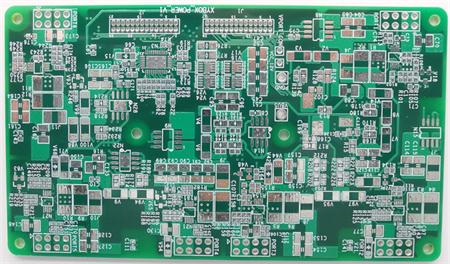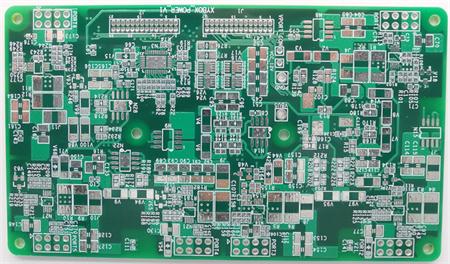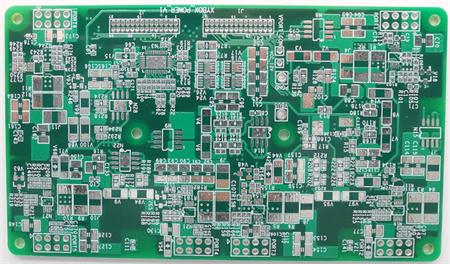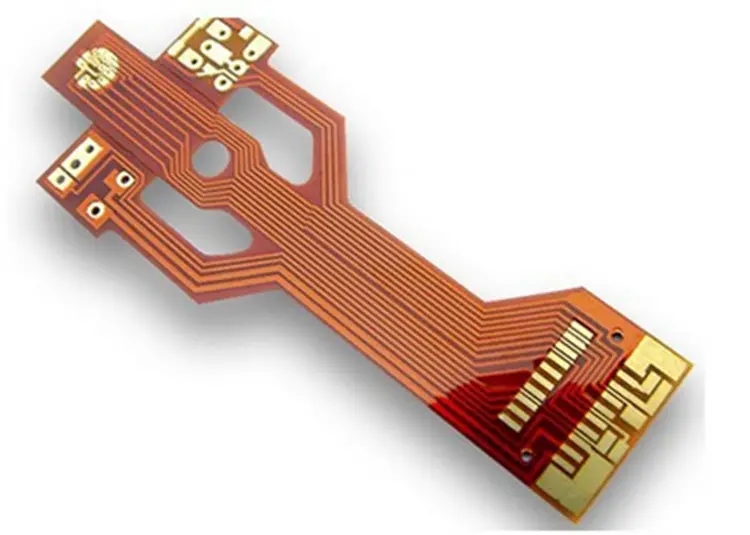
There are many classification methods for FPC products. According to the number of FPC bonding layers, FPC products can be divided into single panel, double-sided board, multilayer board and soft and hard bonding board. As a common type of PCB, FPC's market share is rising with the development of electronic products towards miniaturization and portability. However, FPC may have such defects as open circuit, short circuit and inconsistent line width during processing, feeding, mounting and other production processes. In view of this, this paper mainly analyzes the defect detection method of FPC.

Different manufacturing processes make it have many unique characteristics:
(1) High assembly density reduces the connection between parts;
(2) Light weight, thin thickness, can effectively reduce the weight of products, easy to carry;
(3) It can be folded and bent at will.
FPC has the advantages of good reliability, strong heat dissipation, convenient installation and low comprehensive cost, which facilitates the high integration and high-performance of electronic products.
There are many ways to classify FPC products. According to the number of FPC laminating layers, FPC products can be divided into single panel, double panel, multilayer board and soft hard bonding board.
Development Status of FPC Defect Detection Technology
The existing FPC defect detection algorithms are mostly derived from PCB detection algorithms, but due to their own uniqueness, FPC board defect accuracy requirements are higher, the size of the detection template is larger, and the template image is easy to deform, which makes the defect detection algorithm for PCB board can not directly apply the FPC board detection algorithm, and it is necessary to develop a suitable detection algorithm according to the actual circuit characteristics of the FPC board.
Aiming at the problems of slow speed and low accuracy of traditional template matching algorithm, China Institute of Metrology proposes to divide FPC board circuit defects into global defects and local defects. It uses eight connected domain area method combined with histogram matching to capture image global defects. On this basis, it uses projection matching and correlation coefficient method to identify local defects in the image. This method is faster and more accurate than the traditional detection algorithm, but the classification of related defect categories is not detailed enough.
Analysis of defect detection methods for Flexible circuit board
For the template matching problem in the global scope, the local scope template matching method is considered to implement FPC defect detection. In the template matching method based on contour, the template should have significant contour characteristics. Although the routine lines on FPC have regular trend, they have no significant shape characteristics. In addition, the routine lines are distributed in the whole image, and the template matching time of large format is too slow, which is not conducive to line detection.
Irregular lines are irregular shapes on FPC, generally including LED lights, S-shaped circles, etc; Because it is related to the shape of peripheral devices, its wiring is generally related to the style and structure of FPC to be inspected. For this kind of lines, the template matching method is considered for detection: firstly, the template matching method is used to roughly locate the position and orientation of each irregular line on the whole FPC, and obtain the contour of the irregular line; Then, the defects are detected based on morphological theory.
Guide to FPC defect detection methods
(1) Load the data information related to the registration template, including the registration template area range, registration template contour information, etc.
(2) Using the region information carried by the registration template, the template search space is located, and template instances are searched in the search image based on the normalized cross correlation coefficient (NCC) measurement principle.
(3) Crop the contour region. The size of the irregular area is obtained by calculating the minimum circumscribed rectangle of the shape template instance. Because the shape template is a rectangular area, the area obtained through the minimum circumscribed rectangle is the irregular area on the matching. Arbitrary template matching cannot make the two images perfectly aligned in space, and there is a matching within the allowable range. The deformation within the local range of the FPC board can be ignored. Shape template matching in the limited space reduces the space range and improves the precision of shape template matching. The overall matching error is about 1/5 of the line width (3 pixels), which is within the allowable range of defect determination.
(4) Considering the accuracy error of shape matching, before the standard template image and the irregular area image are directly differenced, the irregular area is first etched by small size structural elements to remove the influence of boundary difference. When there are defects in the image, the corrosion operation under this size cannot completely corrode the defective line, so the final judgment result will not be affected.
(5) The template image and the special-shaped region are subject to region difference operation to obtain their difference regions. When there is no defect, the difference is 0; When there is a defect, the region difference set returns a binary image that is not 0;
(6) The difference image is labeled with connected domain, and different defect blocks are segmented;
(7) Calculate the area of each connected area, take the geometric size center of the largest defect block as the center of the irregular area, and output the defect information.
The FPC defect detection method is studied from the global and local scope, and experimental conclusions are drawn:
(1) Due to the distortion of FPC imaging, the template matching line based on the global scope is misaligned, and the flaw information on the image cannot be correctly located.
(2) Based on the template matching of the local range, the line regions on the FPC board that have significant shape characteristics compared with the conventional lines are first cut out as templates; On the search image, case detection is performed near the corresponding template area to compress the search space; Then, the line defect information is detected based on morphological theory.
In a word, circuit board, as the most basic component of electronic circuit, greatly affects the quality of the entire electronic product. Therefore, how to accurately detect PCB defects is an important part of product quality assurance. Most domestic enterprises generally rely on manual visual inspection for FPC defect detection, which is high in cost and low in efficiency. In addition, due to the absence of relatively standardized quality inspection standards, staff are prone to missed and false inspections due to subjective awareness or visual fatigue; Due to the limitations of equipment price, technical support and after-sales service, some foreign excellent testing equipment introduced by enterprises are difficult to meet the low cost and mass Production requirements of modern technology. Therefore, it is urgent to develop a set of fast and efficient FPC defect automatic detection system to meet the domestic market demand.






